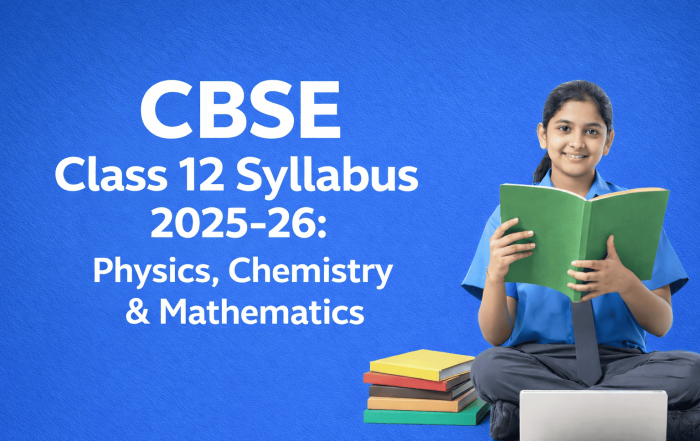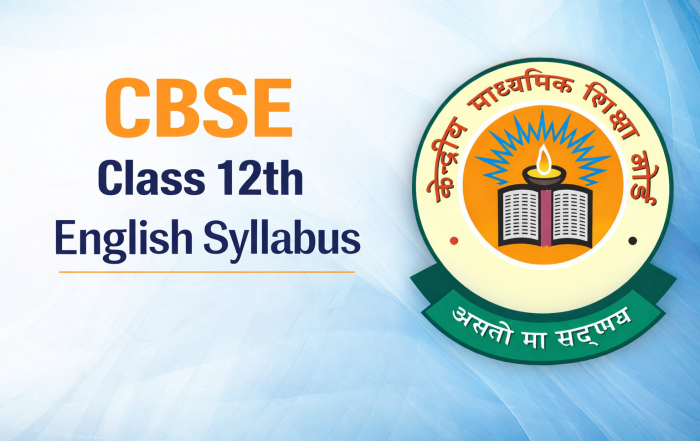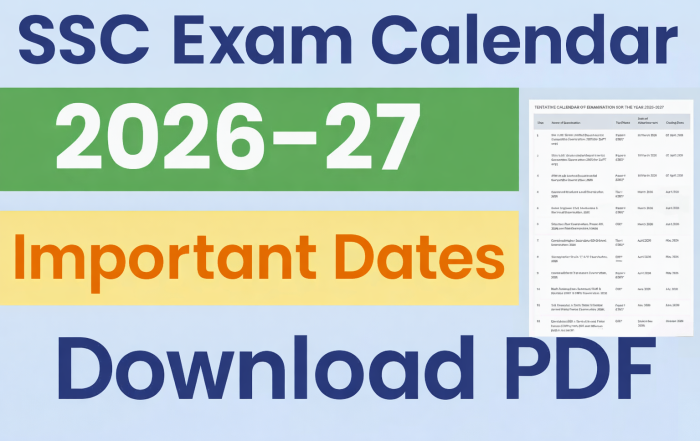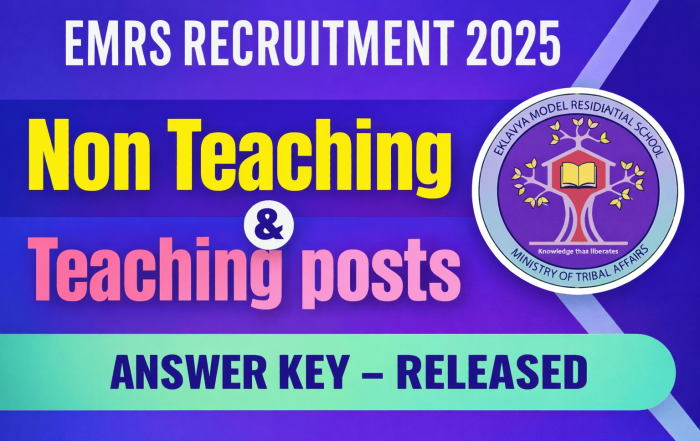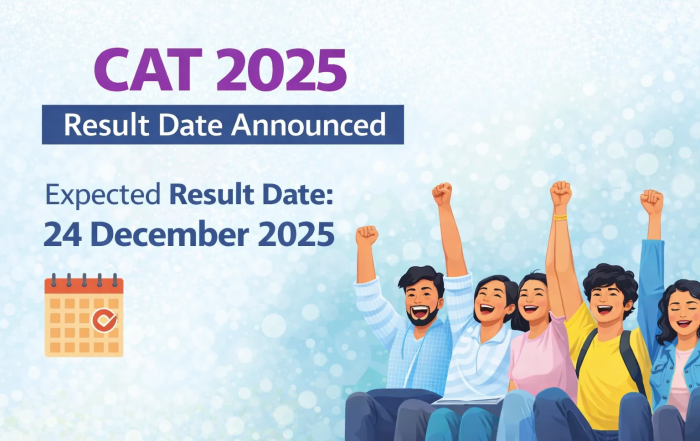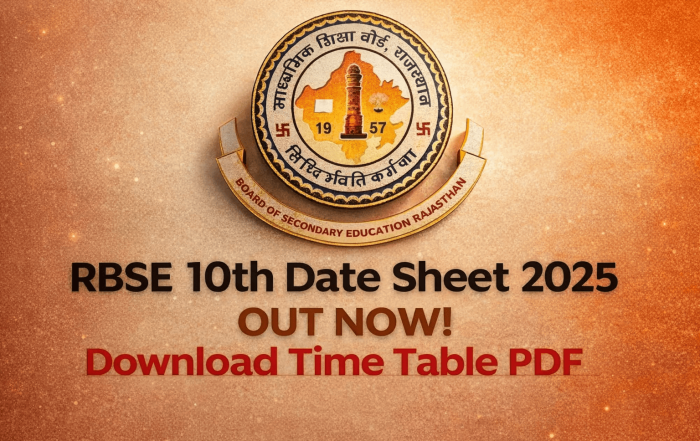RECENT POSTS
CBSE Class 12 Syllabus 2025–26: Physics, Chemistry & Maths
CBSE Class 12 Syllabus 2025–26: Physics, Chemistry & Mathematics The CBSE Class 12 syllabus for the academic year 2025–26 is the most important academic framework for students preparing for board examinations and competitive exams such [...]
CBSE Class 12 English Syllabus 2025–26
CBSE Class 12 English Syllabus 2025–26: Complete Overview The CBSE Class 12 English Syllabus 2025–26 has been officially released for the academic session 2025–26. Students can now check the complete chapter-wise syllabus, exam pattern, prescribed [...]
SSC Exam Calendar 2026–27: Complete Schedule and Guide
SSC Calendar 2026–27: Official Overview for Aspirants SSC Calendar 2026–27 has been officially released by the Staff Selection Commission (SSC) to help aspirants plan upcoming government recruitment exams in advance. Using this official SSC exam [...]
EMRS Teaching & Non-Teaching Answer Key 2025
EMRS Teaching & Non-Teaching Answer Key 2025 – Official Update Eklavya Model Residential School under NESTS has officially released the EMRS Teaching & Non-Teaching Answer Key 2025 on 5 January 2026. Candidates who appeared for [...]
CAT Result 2025 Declared: Download Scorecard & Check Percentile
CAT Result 2025 Declared: Download Scorecard & Check Percentile 🎯 The CAT Result 2025 has been officially declared by IIM Kozhikode on 24 December 2025. Candidates who appeared for the exam can now download their [...]
SSC GD Constable Admit Card 2026 – Latest Update
📝 SSC GD Constable Admit Card 2026 – Latest Update The SSC GD Constable Admit Card 2026 will be released online in February 2026, approximately 4 days before the exam, on the official SSC website. [...]
CBSE Class 10 & 12 Date Sheet 2026 (Exam Schedule)
CBSE Class 10 & 12 Date Sheet 2026 – Complete Details The Central Board of Secondary Education (CBSE) has officially released the CBSE Class 10 and Class 12 Date Sheet 2026 for the upcoming board [...]
NTA UGC NET JRF December 2025 Admit Card
🎓 NTA UGC NET JRF December 2025 Admit Card – Latest News The NTA UGC NET JRF December 2025 Admit Card has been officially released on 28 December 2025 by the National Testing Agency (NTA). [...]
RBSE Class 10 Exam Time Table 2026
RBSE Class 10 Exam Time Table 2026 The Rajasthan Board of Secondary Education (RBSE) has officially released the RBSE Class 10 Exam Time Table 2026 for students appearing in the Secondary Examination. This announcement is [...]

